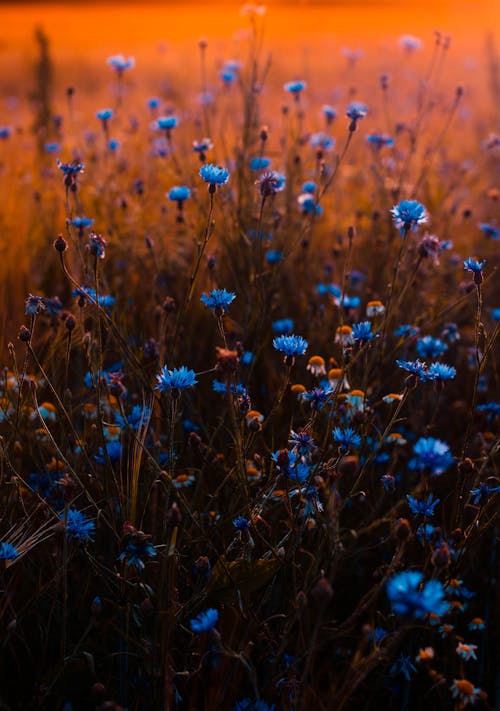Elena Holder
When no leaf stirred, long ago in the past,
she was born, autumnal silence's bloom,
standing pale-bright while light weeps, overcast
rain falling from cloud banks that loom.
Amid the grimness she stood pale-bright,
blond hair trailing round eyes alight,
tears often flowing, hands all white,
a poor light girl who's hungry for light.
Paint her with bloom-glow hues, with your
blood red, you new age that stand at the door.
Herman Gorter (Netherlands)
https://www.poemhunter.com/poem/when-no-leaf-stirred-long-ago-in-the-past/

https://www.pexels.com/search/mother%20nature/
Facts about Herman Gorter
- Was a member of the "Eighties Movement" which was an influential group in the Netherlands
- Wrote a 4000 verse epic poem
- Was a writer of "Impressionist literature"
- b.1864 d.1927
- created the form of poetry called "sensitivism"
https://www.poetryinternationalweb.net/pi/site/poet/item/18433/6/Herman-Gorter
Analysis:
1) Throughout this poem Gorter is personifying nature itself. The poem centers around a woman who in all her beauty and grace is surrounded by the beauty of the world. One could even refer to this woman as mother nature herself.
2) The speaker may be a hiker or a nature enthusiast. They are deeply interested in their surroundings.
3) The "Tears often flowing" that are described actually are symbols for rain. The notion that she was "long ago born" is just like the birth of life and nature. By using metaphors such as these, Gorter is able to humanize topics as complex as the essence of nature. His use of personification in the line, "you new age that stand at the door," shows his view of nature as a being.
4) The author uses rhyme to give a more whimsical feel to the poem. He rhymes the end of every line with another line (Either the one after or the one two lines after).
5) The tone of the poem would be very curious. He's describing this figure as if he had never seen anything like her before. Another tone word to describe it would be
6) It is important to respect your surroundings just as you would a real person.
she was born, autumnal silence's bloom,
standing pale-bright while light weeps, overcast
rain falling from cloud banks that loom.
Amid the grimness she stood pale-bright,
blond hair trailing round eyes alight,
tears often flowing, hands all white,
a poor light girl who's hungry for light.
Paint her with bloom-glow hues, with your
blood red, you new age that stand at the door.
Herman Gorter (Netherlands)
https://www.poemhunter.com/poem/when-no-leaf-stirred-long-ago-in-the-past/

https://www.pexels.com/search/mother%20nature/
Facts about Herman Gorter
- Was a member of the "Eighties Movement" which was an influential group in the Netherlands
- Wrote a 4000 verse epic poem
- Was a writer of "Impressionist literature"
- b.1864 d.1927
- created the form of poetry called "sensitivism"
https://www.poetryinternationalweb.net/pi/site/poet/item/18433/6/Herman-Gorter
Analysis:
1) Throughout this poem Gorter is personifying nature itself. The poem centers around a woman who in all her beauty and grace is surrounded by the beauty of the world. One could even refer to this woman as mother nature herself.
2) The speaker may be a hiker or a nature enthusiast. They are deeply interested in their surroundings.
3) The "Tears often flowing" that are described actually are symbols for rain. The notion that she was "long ago born" is just like the birth of life and nature. By using metaphors such as these, Gorter is able to humanize topics as complex as the essence of nature. His use of personification in the line, "you new age that stand at the door," shows his view of nature as a being.
4) The author uses rhyme to give a more whimsical feel to the poem. He rhymes the end of every line with another line (Either the one after or the one two lines after).
5) The tone of the poem would be very curious. He's describing this figure as if he had never seen anything like her before. Another tone word to describe it would be
6) It is important to respect your surroundings just as you would a real person.
I agree with the analysis that she is comparing herself to the beauty of nature and that she refers to herself as mother nature. I think the "Tears often flowing" line could be referring to a stream or a lake as well as the rain. The idea of her tears being a stream would be supported by "long ago born" as well, because often streams have been building up for a long time. I agree that the tone is whimsical, but it could also be described as an underlying sadness or feeling of hunger/starvation. This feeling would be conveyed with the use of words like "poor" or "grimness".
ReplyDeleteI agree that this poem is personifying nature. The author really focuses on light and brightness within the woman, which could be referencing the sun. The sun creates all life, and without it's light there would be no nature. In the last two lines, I believe that the author is encouraging us to capture and paint nature, but to do it carefully and with respect: "Paint her with bloom-glow hues, with your
ReplyDeleteblood red". The author loves nature and wants 'her' to be properly admired and respected.